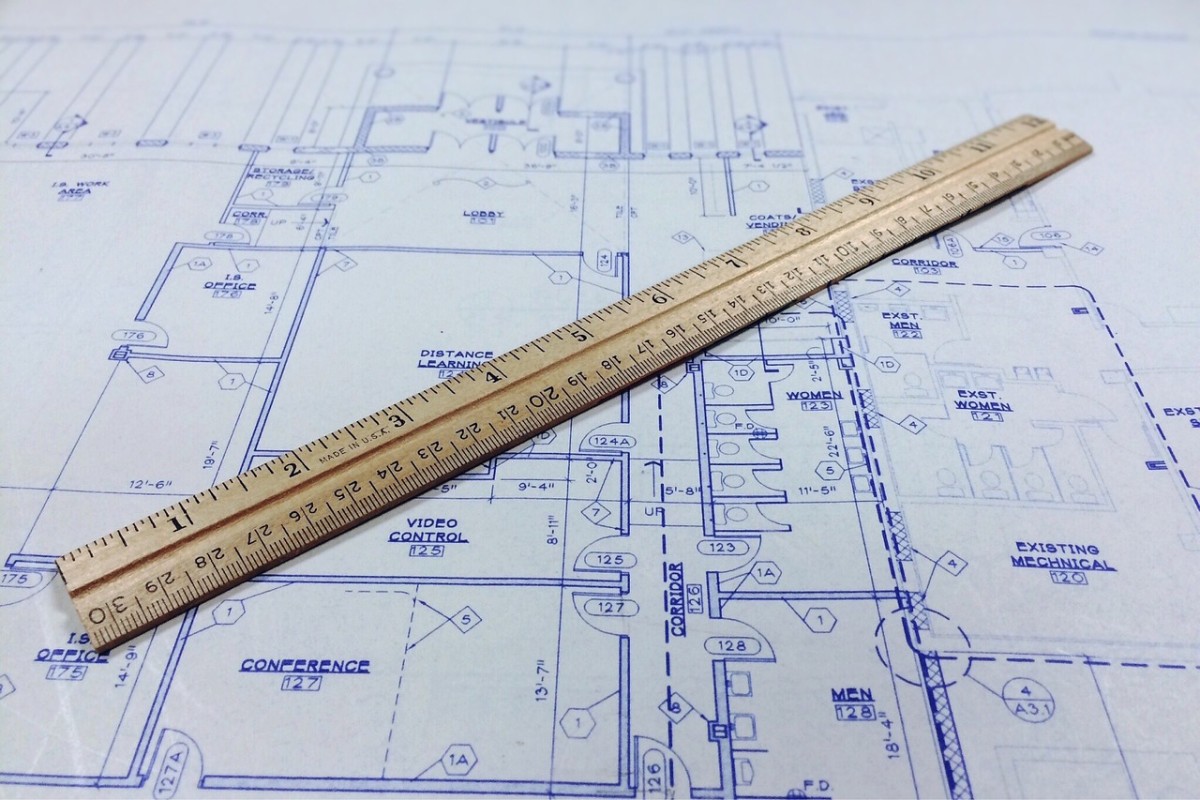What does a modern classroom look like? That depends on whom you are asking. Regardless of the differences in definitions, there seem to be some basic similarities throughout. A modern classroom utilizes a flexible layout, it is rich in technology, it supports both individual and group work, it encourages practical engagement and it is durable. These active or blended spaces require pedagogical changes but they also require re-assessing the functionality of every piece of the room. Integrated correctly, these rooms will not only have a positive influence over student learning but will also be able to affect other important traits such as team-building, trust and communication.
Here are two key components to consider for modern classrooms
- Room Design and Equipment for Engagement
Desks, tables, podiums, cabinets, screens, displays, equipment and room orientation have to be evaluated. David Barnett, senior consultant at The Sextant Group, is an expert on classroom technology design and integration. He believes, “the biggest challenge here is to anticipate the need — well in advance, so that the appropriate infrastructure can be incorporated into the physical design (e.g. construction documents) of the space.” I argue that furniture and equipment orientation within the room and the design and aesthetics of the space has just as much to do with engagement and student success as pedagogy. In fact, beyond learning assessment, room design is shown to significantly influence student morale and behavior.
- Layout and Behavior
Contemporary classrooms should be active spaces – meaning that instructors focus class time on collaborative and practical application exercises as well as individual work or lecture centered periods. An active learning room can be designed as if there is no front or back of the room; round work tables or moveable desks and tables oriented in circles or semi-circles are placed throughout the room. White boards and displays — or projectors and screens — can be situated on the outside walls next to the group worktables. Each area should have connectivity and power for laptops or tablets. This layout allows smaller groups of students to work together on course curriculum and help each other through problem solving and comprehension. The technology and ease of connectivity offer immediate research opportunities, sharing information between students and instructor.
Being able to bring chairs or tables together creates an environment that is more open to discussion and interaction. It changes the dynamic of the students and teacher. It creates a welcoming environment to share ideas and opinions. It offers the ability to have areas of the room designated for hands on learning potentially giving permission for students to feel able to move about the room freely.
The modern classroom doesn’t come without challenges. Layout and design not only influence engagement and achievement, but also behavior and morale. We are in a transition between traditional teaching and active learning. Both students and instructors have become comfortable with the limitations and expectations of a rigid classroom environment. The significant changes that are being made to learning spaces and pedagogy may meet some pushback. However, the realization that these changes can produce positive results for all students both academically, behaviorally and socially is the fuel that schools need to keep moving toward the modern classroom design.

